- Home
- Articles
- Architectural Portfolio
- Architectral Presentation
- Inspirational Stories
- Architecture News
- Visualization
- BIM Industry
- Facade Design
- Parametric Design
- Career
- Landscape Architecture
- Construction
- Artificial Intelligence
- Sketching
- Design Softwares
- Diagrams
- Writing
- Architectural Tips
- Sustainability
- Courses
- Concept
- Technology
- History & Heritage
- Future of Architecture
- Guides & How-To
- Art & Culture
- Projects
- Interior Design
- Competitions
- Jobs
- Store
- Tools
- More
- Home
- Articles
- Architectural Portfolio
- Architectral Presentation
- Inspirational Stories
- Architecture News
- Visualization
- BIM Industry
- Facade Design
- Parametric Design
- Career
- Landscape Architecture
- Construction
- Artificial Intelligence
- Sketching
- Design Softwares
- Diagrams
- Writing
- Architectural Tips
- Sustainability
- Courses
- Concept
- Technology
- History & Heritage
- Future of Architecture
- Guides & How-To
- Art & Culture
- Projects
- Interior Design
- Competitions
- Jobs
- Store
- Tools
- More
How to Choose the Right LED Grow Light for Your Indoor Garden

For indoor growers, it can be the difference between healthy, vibrant plants and weak, leggy ones. If your home doesn’t get much sunlight, LED grow lights can step in as a reliable source of energy for your plants. Here’s how to choose the right one to keep your indoor garden thriving all year long.
Table of Contents
ToggleWhy LED Grow Lights Benefit Your Indoor Garden
Plants need light to photosynthesize and grow strong. Outdoors, the sun naturally provides the full spectrum of light they need. Indoors, however, light levels are often too low or inconsistent—especially during the shorter days of fall and winter.
LED grow lights mimic natural sunlight, providing the right balance of light wavelengths for healthy plant growth. Unlike traditional fluorescent or incandescent bulbs, LEDs are energy-efficient, long-lasting, and low in heat output, making them ideal for year-round indoor gardening.
1. Fit Your Space
LED grow lights come in many designs. Choose one that fits your space and blends with your home décor. A compact, adjustable light is perfect for small apartments, while a panel system works best for dedicated grow areas or vertical gardens.
2. Know Your Plants
Different plants have different lighting needs, so the best LED grow light depends on what you’re growing.

- Leafy greens and herbs like lettuce, spinach, basil, and parsley thrive under cool, blue light, which encourages strong, compact leaf growth.
- Flowering and fruiting plants such as tomatoes, peppers, and strawberries require more red light, which supports blooming and fruit production.
- Low-light houseplants like pothos or snake plants don’t need intense lighting and may only require minimal LED supplementation.
3. Go for Full Spectrum Lights
For mixed indoor gardens with a variety of plants, a full-spectrum LED grow light is the best choice. These lights replicate natural sunlight by combining multiple wavelengths—blue, red, white, green, and sometimes IR, UV—to support all stages of growth.
4. Check Light Intensity and Coverage
Light intensity, measured in PPFD (photosynthetic photon flux density) or lumens, determines how much usable light your plants receive. As a general rule, the more light your plants get (within reason), the faster and healthier they’ll grow.
- Small herbs and seedlings need lower intensity.
- Leafy greens prefer moderate light.
- Fruit-bearing plants require stronger light for optimal yield.
Also consider the coverage area of the light. A small desk lamp is great for a few pots of herbs, while a larger LED panel may be needed to cover a wider growing space or a shelf garden.
4. Choose Efficient Models
One of the biggest advantages of LED grow lights is efficiency. They use significantly less power than fluorescent or HID lights while lasting much longer—often up to 50,000 hours or more.

While LEDs may have a higher upfront cost, their durability and low energy use make them cost-effective over time. Many modern models also come with built-in timers or dimmers, making it easier to automate your garden’s light schedule.
5. Focus on Cooling
High-quality LED grow lights are designed with good heat dissipation systems, such as aluminum housings or cooling fans, to prevent overheating. This not only extends the lifespan of the light but also keeps your indoor garden environment safe and stable.
Avoid cheap, poorly built options—they often lack adequate cooling, may flicker, or degrade quickly over time. Investing in a reliable brand ensures consistent performance and better plant results.
Final Thoughts
Choosing the right LED grow light isn’t about buying the most powerful or expensive option—it’s about matching the light to your plants’ needs and your space. With the right setup, you can keep your garden lush, healthy, and productive all year long, no matter the season or weather outside.
illustrarch is your daily dose of architecture. Leading community designed for all lovers of illustration and #drawing.
Submit your architectural projects
Follow these steps for submission your project. Submission FormLatest Posts
Top Botanic Gardens in the United States: Where We Go For Living Collections And Calm
Top Botanic Gardens in the United States: our expert-vetted list with when...
Best Resources for Aspiring Landscape Architects
Landscape architecture mixes art with hard science. You’re not just sketching gardens....
Top Tips for a Healthy and Beautiful Backyard
A thriving backyard creates space for relaxation, gatherings, and moments of quiet...
Transform Your Garden with Artificial Turf Austin Solutions
Transforming your garden with artificial turf can be a game-changer, especially if...


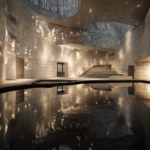

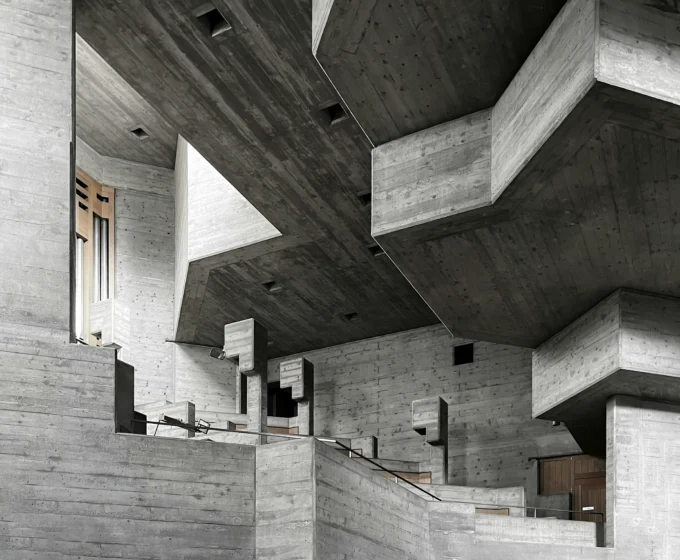



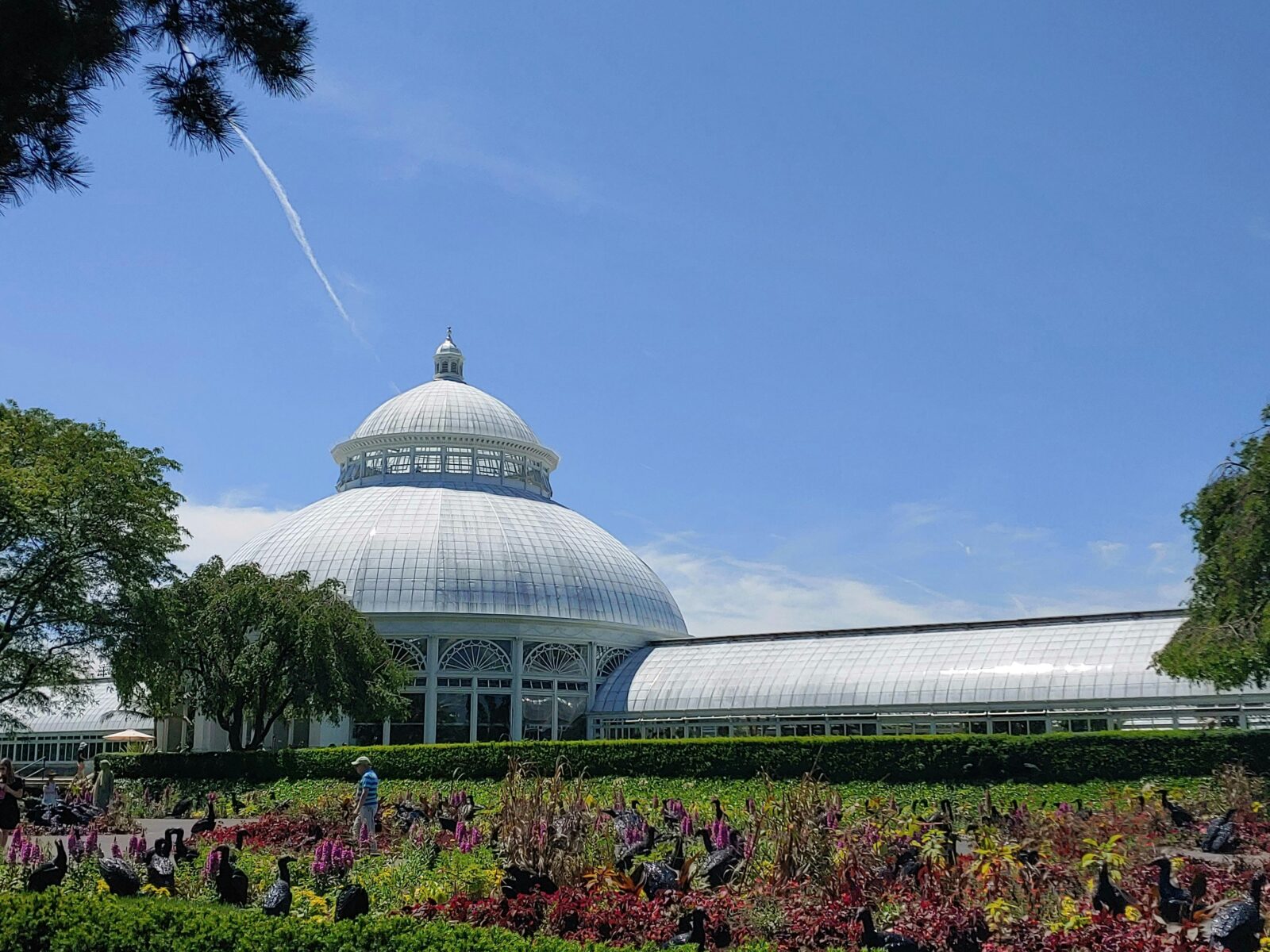
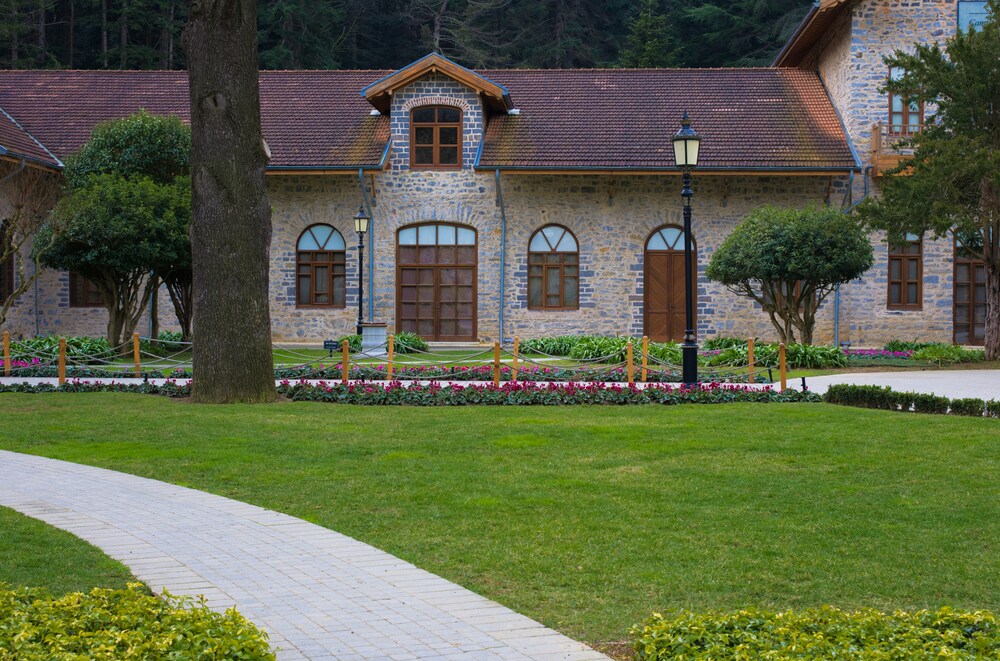
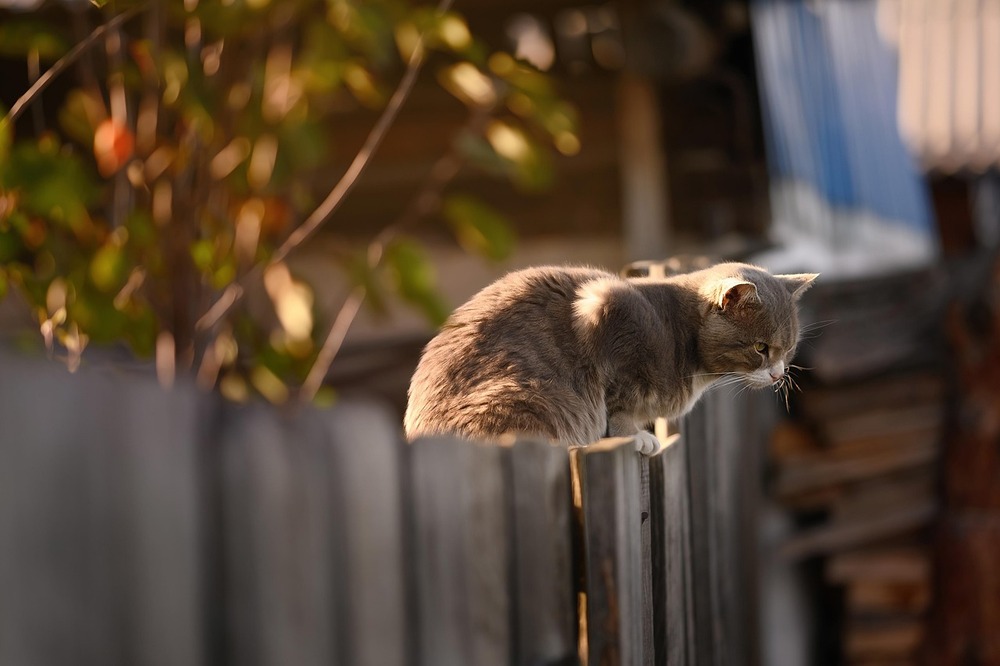
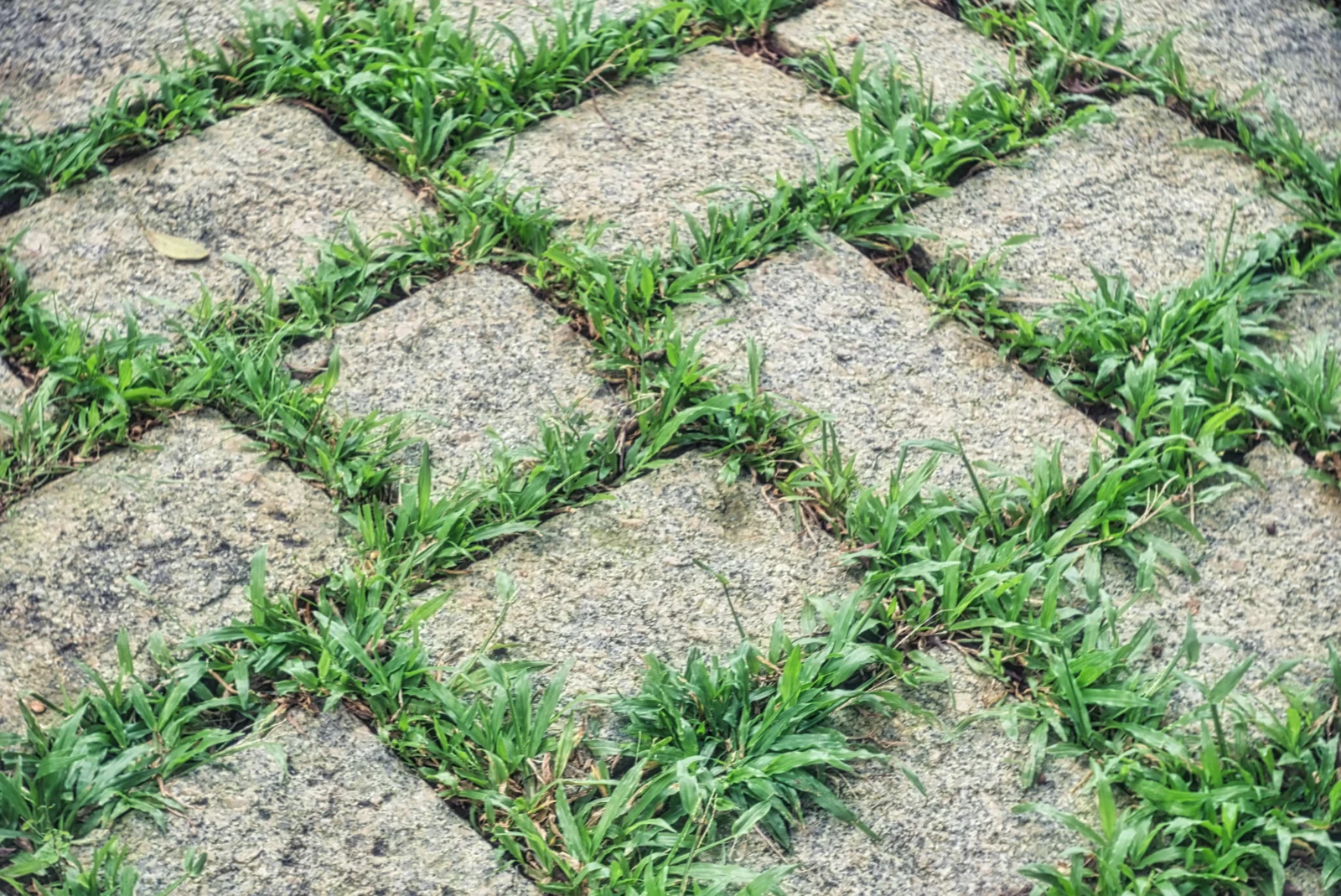
Leave a comment